From Concept to Build
Design doctor has...
…been trading now for over a decade; offering bespoke architectural design solutions for both commercial and domestic projects over much of the South East of England and South London areas.
We pride ourselves in taking on all aspects of building design, and project management, on both small and large projects. With over 40 years of experience, we carry out most aspects of building design through to completion.
Our area of expertise includes...
- Complete schemes (from concept to completion)
- Technical solutions
- Planning applications
- Specialist planning support
- Specialist shop-fitting design (and build)
- Conceptual [3D] design
- Building compliance design and preparation
- Structural design
This is the main core of our work. For a list of additional services please see our ‘planning a project‘ section.
We also carry out 90% of the initial survey work in-house. It is generally only on the larger projects that we get help in carrying this out, or where a specific request has been made by the planning department we are working with. This is carried out by well proven specialists.
Additionally, we also do specialist joinery design, via our established joinery connections; [in particular] when working on listed buildings or for individual client requests.
It should also be noted that founder, Luke Kirton comes from a joinery and design technology background, along with an extensive architectural understanding.
About us
Professionalism is key
We constantly look at how we can improve what we can offer our clients, (especially regarding eco and energy solutions). As such we keep a close eye on what is up and coming by doing CPDs and [other] online training. This also allows us to know what’s trending. We also offer turn-key solutions to our clients’ projects when requested.
- We only use a core of specialist contractors who have been working alongside us for a number of years. These have been hand picked with proven track records.
- Design Doctor and its associated contractors promote themselves as an [unofficial] ‘co-operative’ of associated tradesmen.
- It is a ‘given’ that in all cases where required by current legislation, all affiliated tradesmen carry their respective trade body certifications [and] indemnity cover in their specialist skill areas.
- We believe in transparency and operate good communication channels throughout any project we undertake.
- Our philosophy is that ‘we are only as good as our last completed project’.
- If clients wish to contact our preferred contractors, we are confident they will give us a 5 star rating!
- We have left links to their websites, below.
- We are also confident we can provide outstanding professional advice on most design or construction related topics.
Links to our affiliates
Established for over 10 years
Most of our work has been by ‘word of mouth‘ recommendations. We feel this is an excellent way of ‘benchmarking‘ our dedication to every project we take on. This has also contributed to a large amount of repeat business from many of our past clients
- Many clients are recommended to us, due to our skill in finding solutions to their [often] challenging design expectations.
- Alternatively, they just need help in trying to navigate the UK’s increasingly challenging planning processes.
- As such, we work alongside a large number of local authorities in the South of England.
- We pride ourselves in resolving as many issues as may present themselves to us [although] it would be unwise to suggest we can always offer a 100% guarantee of success.
- Nonetheless, we always seek to [and] have a been able to achieve a satisfactory solution to almost all projects we have undertaken.
Disclaimer
- We use a simple contract agreement with all our clients.
- We are happy to take on projects north of London but would need to make a moderate charge to cover our expenses.
- The same applies to central London visits.
- We will, however, cover down to the Sussex coast at no cost for a first consultation.
- We are fully insured. However this is specifically for design services and project management.
Procurement of Materials
- Our insurance cover does not allow us to purchase goods for our clients. However we can always point clients in the right direction for procurement.
- We have recommended suppliers who will always look after [and] give the correct discount[s] on any goods required.
- Assisting our clients in choosing their own suppliers of products usually provides them a greater sense of control over the overall project.
- At the same, we are always there to assist with our extensive technical knowledge providing good advice in all areas.
Planning a project
Except for...
Experience based advice
We prefer to be frank with our assessments on an initial visit. We are here to save our clients a lot of headaches and expenditure. We will not hesitate in telling a client if we believe their expectations are unachievable. Our historical knowledge of planning applications [and] the pitfalls involved, makes us confident in our analysis of each situation we encounter.
- In order to achieve this, we often work with an independent council planning specialist.
- We involve him on the slightly more complicated projects, as he has over 40 years of experience.
- He has worked for a number of planning departments across the South East of England (in many different roles).
- We normally involve his services, when we believe the scheme is a potential ‘borderline’ application.
- Based on an average of 20 [+] projects a year, we estimate our success rate to be over 95%, in achieving our clients’ end to end goals.
- We are a small hands-on, pro-active practice which also provides (what we believe) is an amazing ‘after-sales’ service.
Additional Services
We are also able to offer the following services, if and when they are required:
- Property security systems
- Fire protection surveys and systems [including] fire suppression systems
- Open-plan designs
- SAPS (Eco and power)
- SUDS (Rain and flood water)
- Argon Gas (New builds)
- Swept path (Car access)
- Ecological surveys (Newts, frogs and [other] protected species)
- Heritage surveys (Historical)
- Soil tests (Foundations if required)
- Asbestos tests
- Bat surveys
- Drain surveys
- Arboreal surveys (Trees and planting)
- Natural light surveys
- Dropped curb permission
- Thames Water build-over agreements
- Satellite surveys (TOPOs)
- 3D digital surveys
- 3D concept design
All the above can affect the successful outcome of planning approval [although] outcomes are also linked to specific circumstances that often present themselves during the [individual] application process.
How we structure our fees
We base our services on five stages that (except for) stages 1 & 2; can be cherry-picked and taken stage-by-stage at a pace that will suit our clients’ budgets.
- Free consultation visit, to discuss the wishes of the client.
- Site survey to either check client’s own drawings or we will draw up existing layouts and one design idea. This is a fixed fee (provided the project is located within a 20 mile radius of Dorking, Surrey). Client will receive set of plans & elevations, based on the initial survey.
- Planning drawings and associated paperwork and submission including scope of works for building quotations and costs. Fee is dependent on size of project. We ask our clients to pay planning fees and related costs separately. (Please refer to next section which lists the exceptions)
- Post Building Control submission drawings, (including structural drawings, via our independent engineer). These fees will be dependent on project size.
- Building project management. (Cost dependent on final agreed involvement)
The stages shown above will be based on set fee costing after first consultation and agreement.
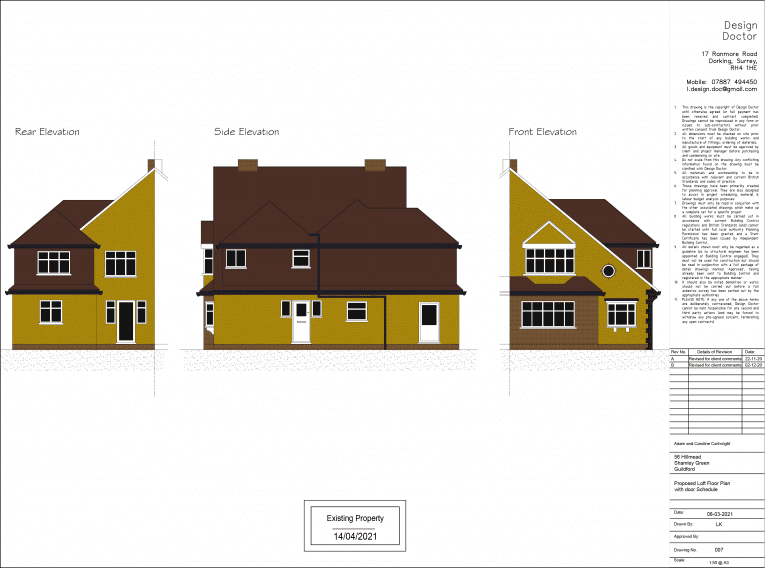
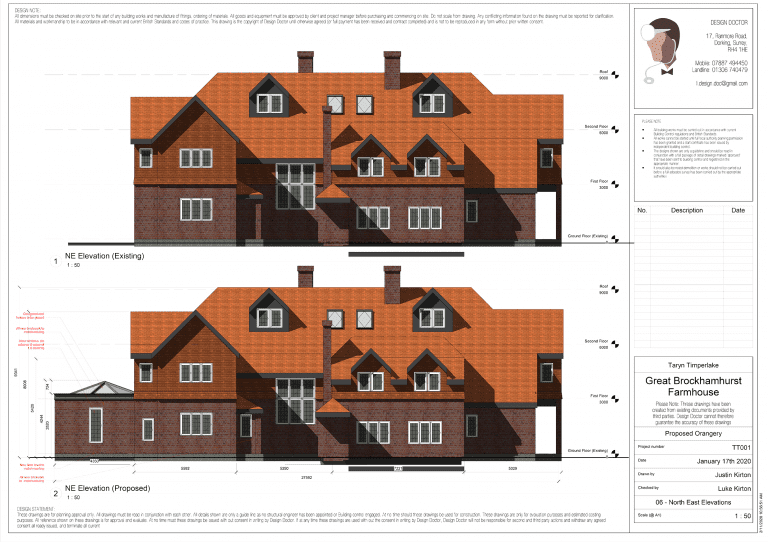
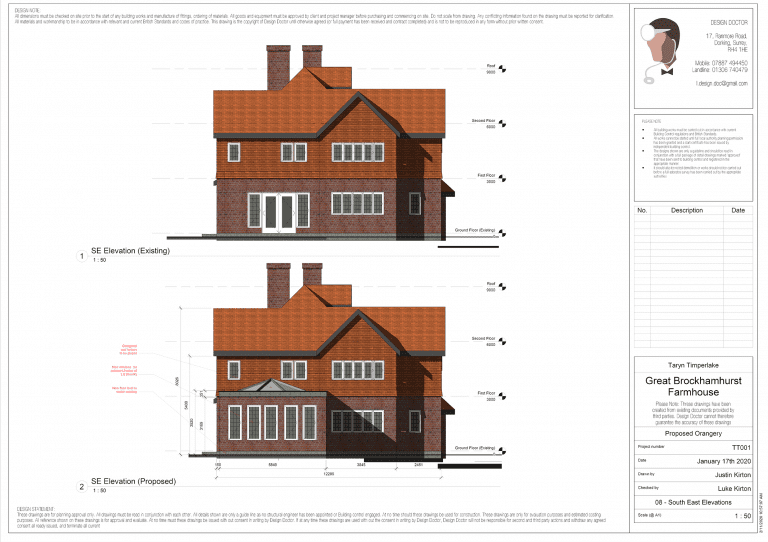
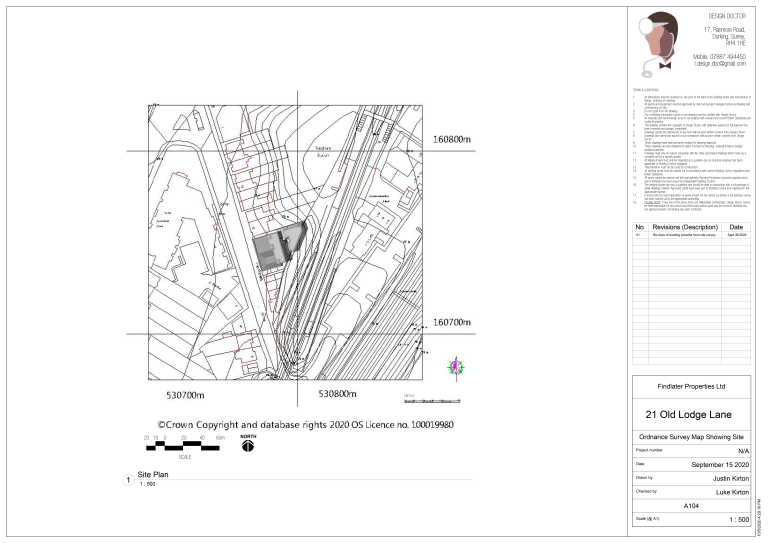

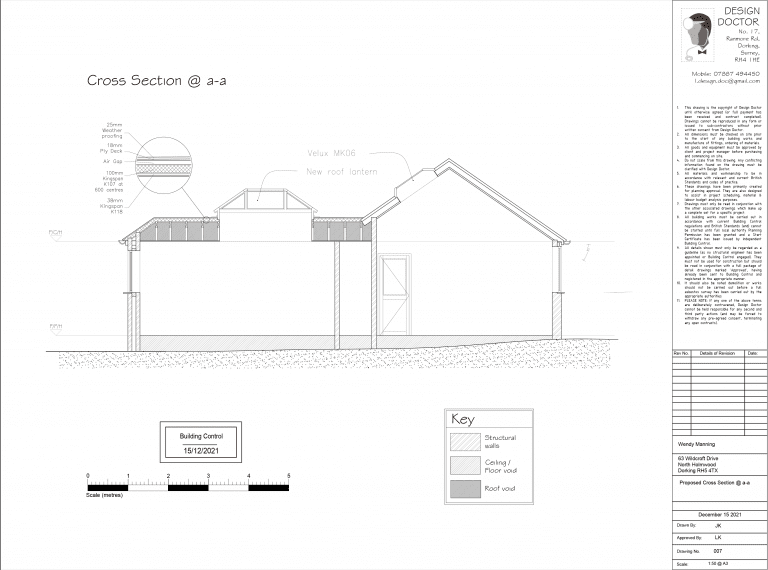
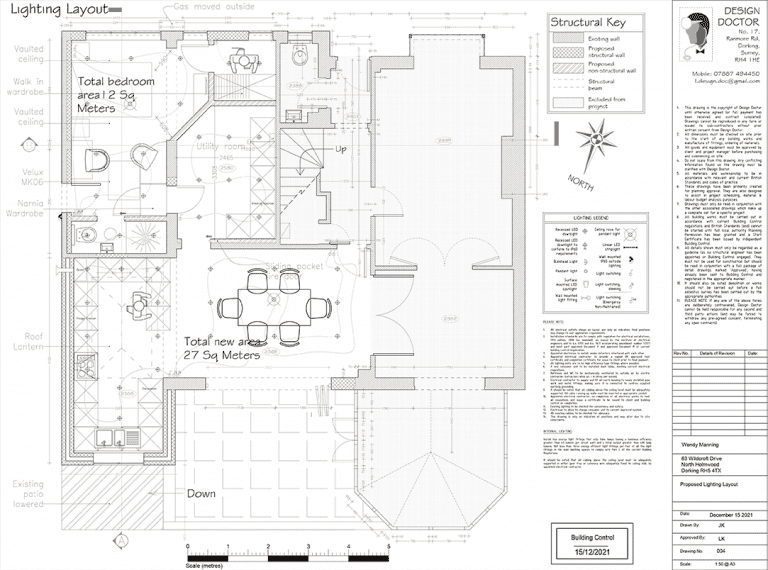
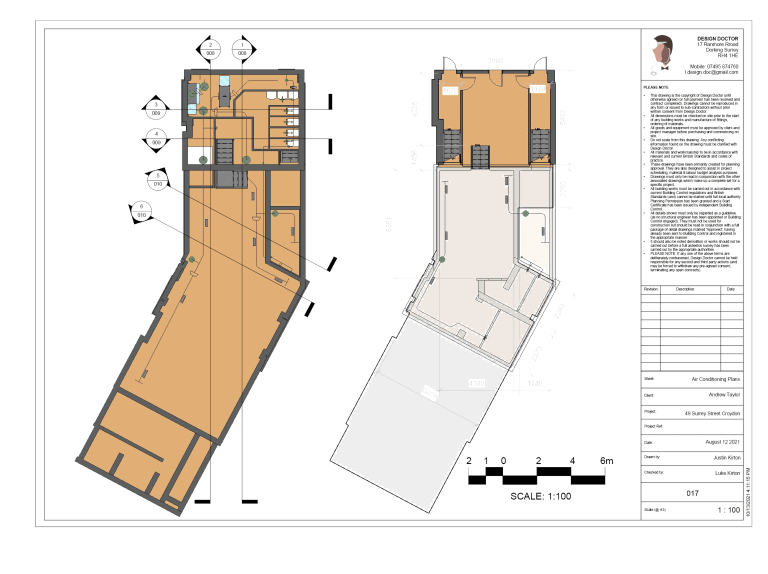

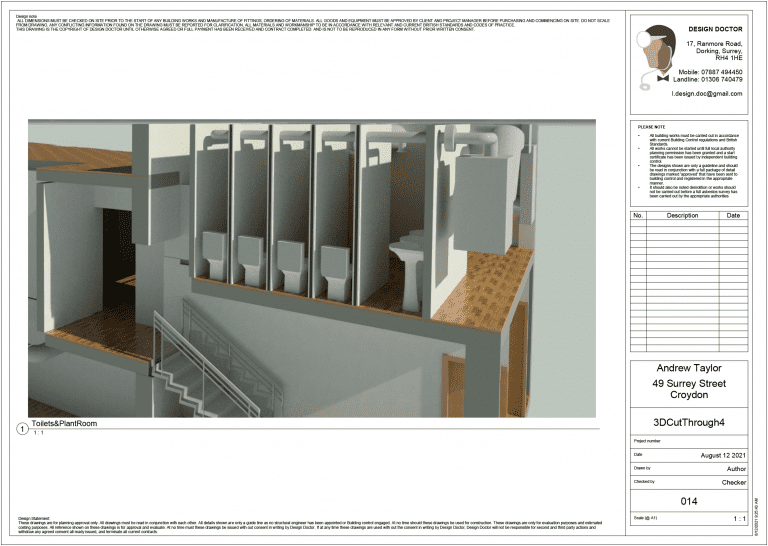
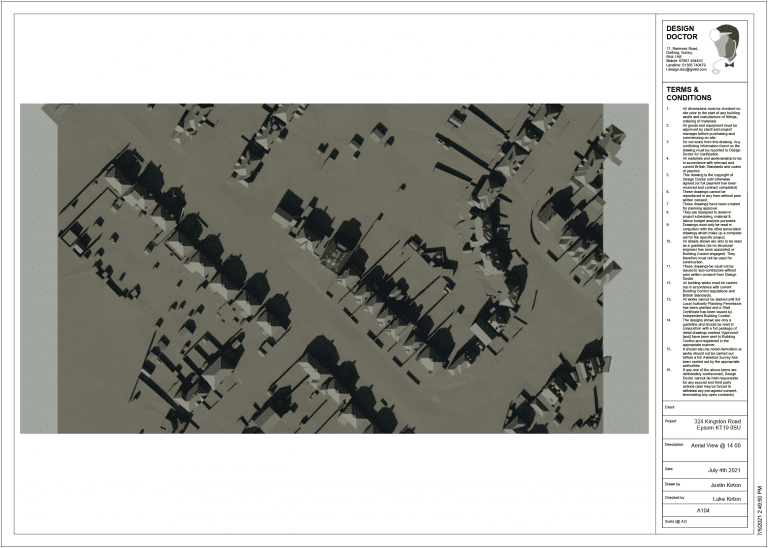
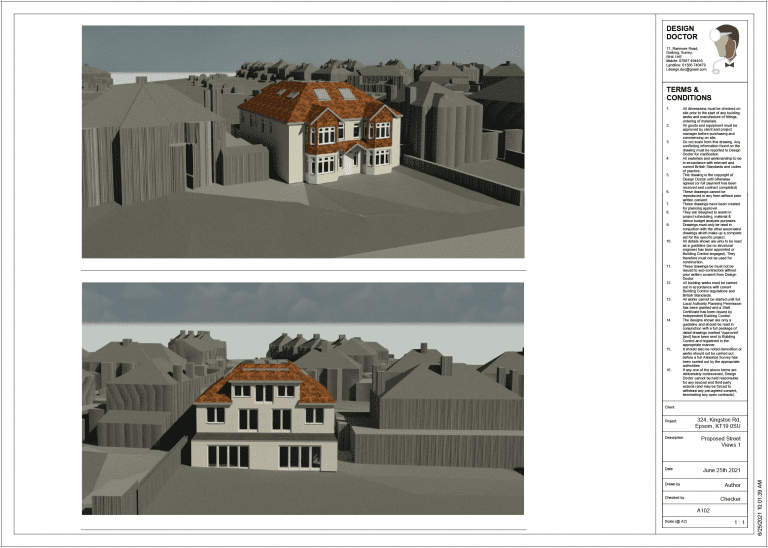
- Planning fees
- Ordnance Survey [OS] Maps
- Any specialist surveys requested by planning authorities
- BREEAM reports
- SAPS reports
- Tree survey reports
- Archaeological impact assessment reports
- Biodiversity reports (Bats, newts, frogs, etc.)
- SUDS reports (water table & drainage)
However we work in collaboration with these specialist services, and offer this as a bolt-on to our design package if requested.
Concept design
Overview
At Design Doctor we look very closely at new trending aspects of design. We also use the tools that we have at our disposal to create new ideas. The materials we can use, also play a very big part in our design process. New materials are constantly coming to market. As we become more aware of climate change, environmental impact has become a more crucial element of construction design and implementation. Nearly every new technology developed for the construction industry these days, has environmental impact factored in as a primary consideration.
We also fit into our projects heat exchange systems saving a large amount of service costs to our clients. We also promote materials that are recycled, like roof tiles, decking, paving, internal floor finishes, insulation etc. All these components have to be designed into any of our projects.
We have the ability to provide our clients with 3D designs to show our clients a visual impression of how a project will look like in principal before construction commences.
New Technologies

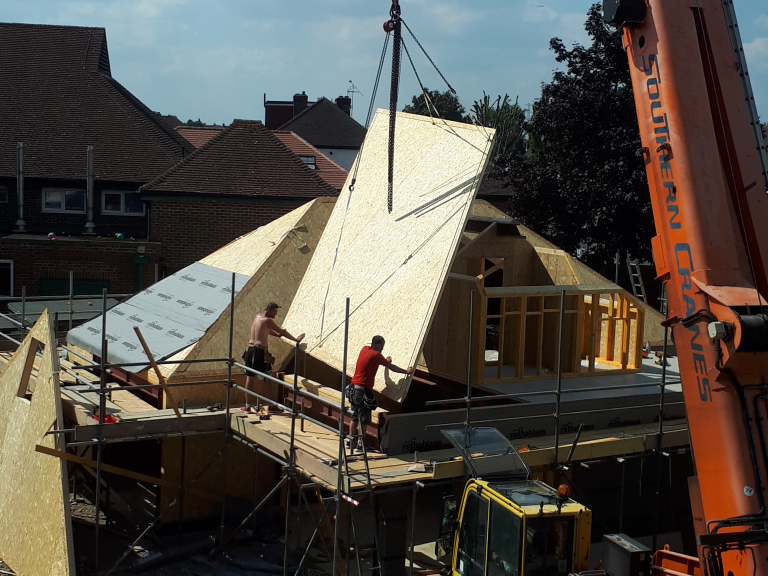
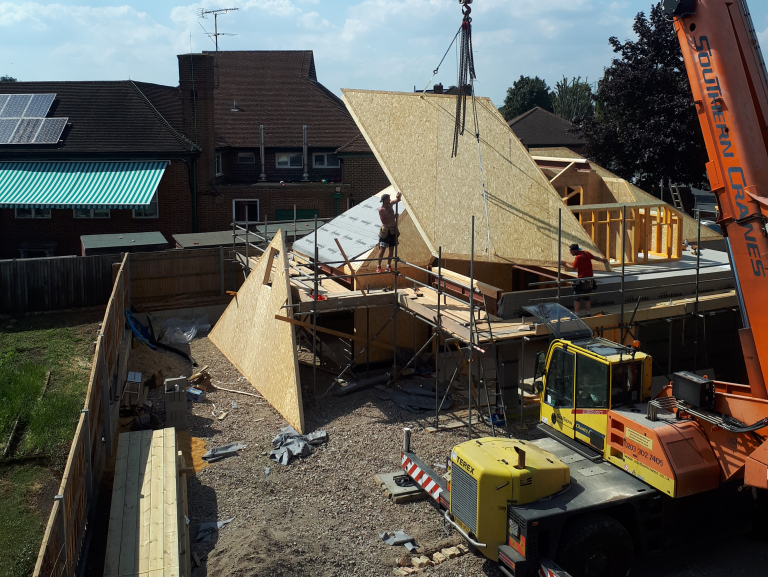
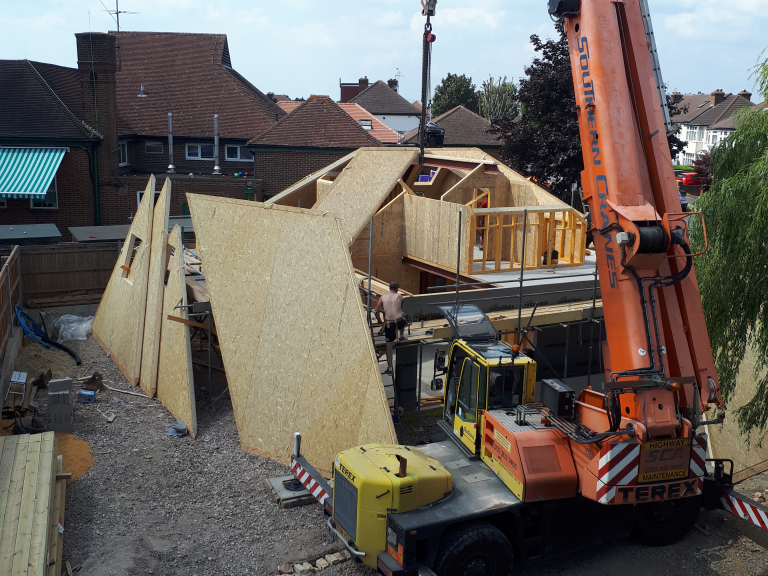

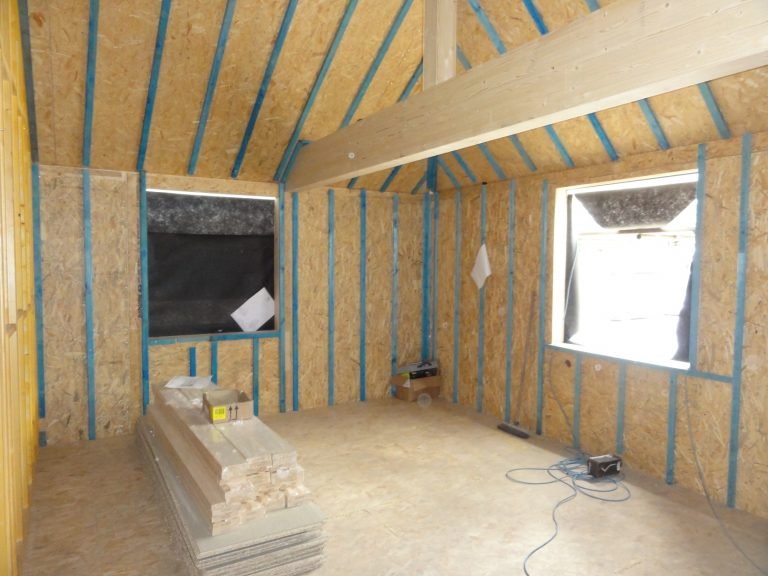
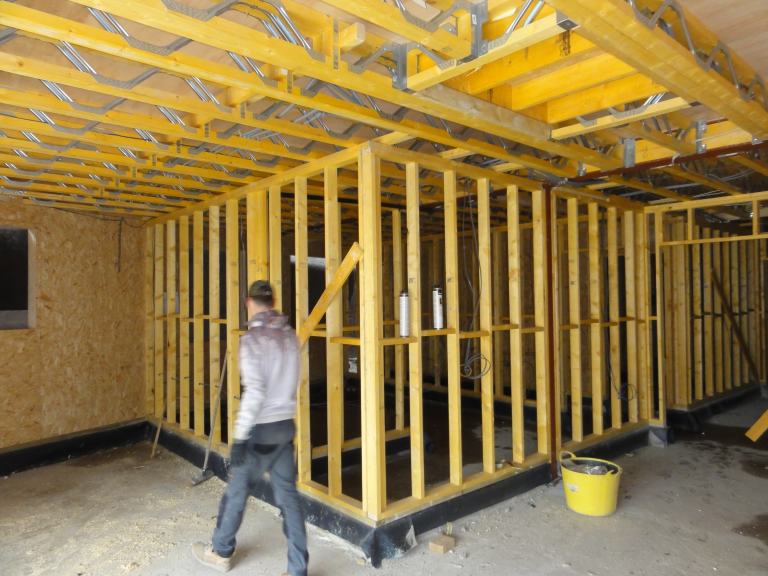
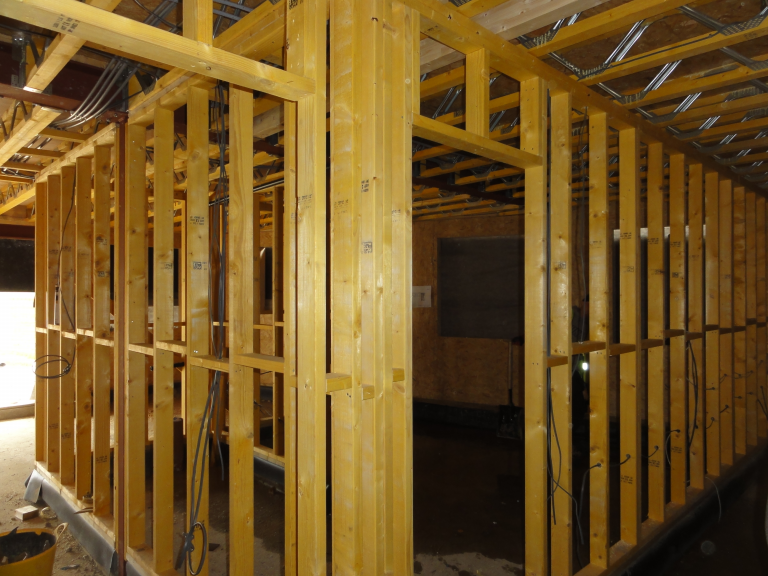
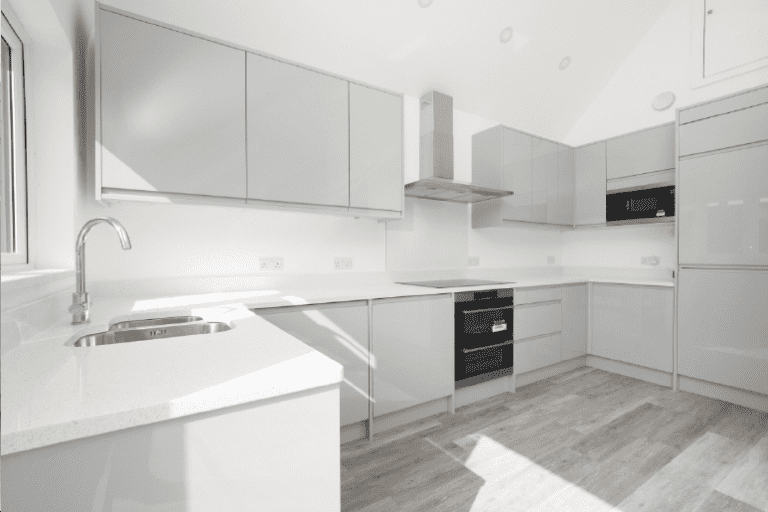

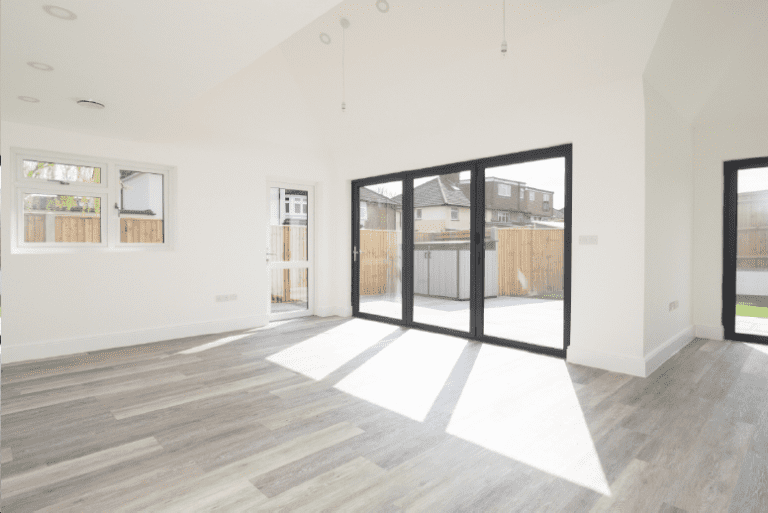
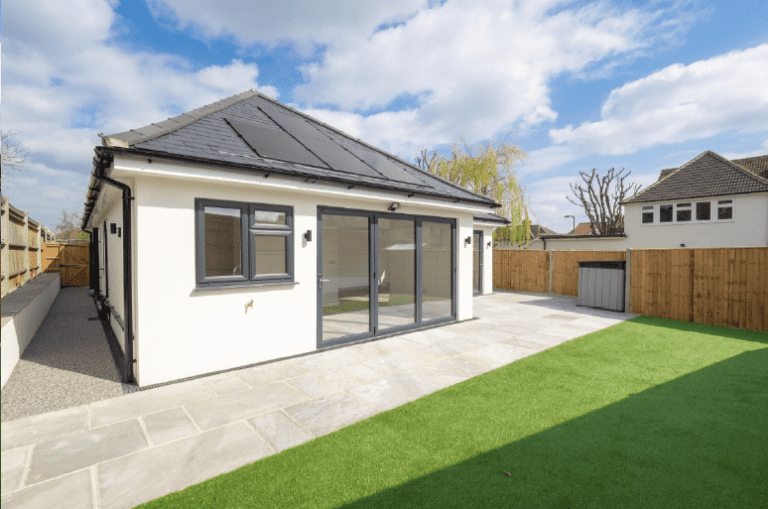
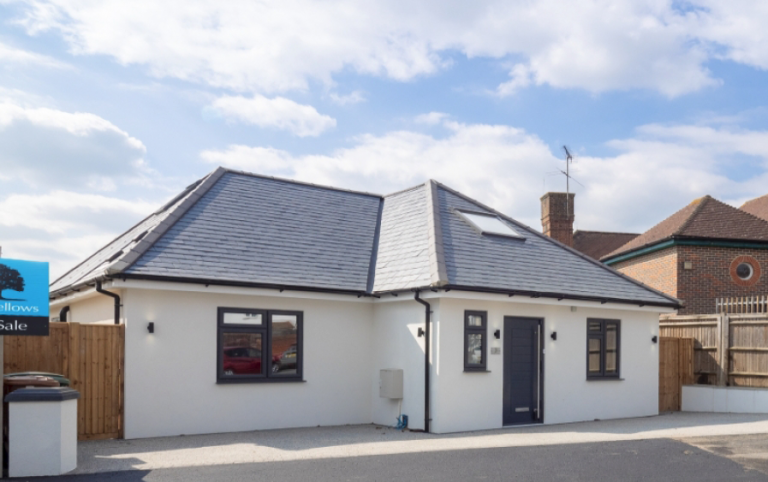
SIPS (Structural Insulated Panel Systems) is possibly one of the best examples of a new technology that has had a far reaching impact on building design. (See above slideshow)
- It’s a factory-built panel system, giving very high insulation properties.
- The construction process has in large part, been designed to reduce emissions / carbon footprint of the adoptee.
- This provides substantial long-term fuel bill savings as a result.
- The panels are all prefabricated which enable the construction times [and] in turn, labour costs to be reduced dramatically.
- Its ‘structural-integrity’ comes from being manufactured using using CNC straight from CAD drawings.
- Each component is designed to slot into its neighbouring components with ‘millimetre’ tolerances.
- Once assembled, it forms an extremely strong structure using relatively lightweight, inexpensive materials.
- It could be described as a giant ‘distant-cousin of Lego’.
- The high tolerances provided by this process also allows an affordable alternative to the usually costly vaulting of roof spaces.
- The system is designed to allow the individual to choose the cladding the resulting building eventually receives.
- This makes it a truly versatile building material which can be styled exactly to customer taste, [or] the required environmental setting.
- Companies have been quick to capitalize and many provide ‘off the shelf’ cladding solutions.
- SIPS has rapidly become a ‘go to’ method of construction.
Attention to detail
We take great pride in our detailing design.
It is the most important part of our work; this is because every small detail completes the final look of a finished project. This also includes custom designed furniture, doors, windows, staircases, ironwork etc.
This generally requires the involvement of third party specialist artisans and craftspeople in their fields of expertise. We enjoy working on listed buildings, when conditions of the listing require duplicating details to ensure the outcome looks the same as before work took place. We work very closely with our clients and artisans to insure they are getting precisely what they require. In some cases we present alternative ideas that can inspire our clients to make decisions that they would possibly not have made. We have the ability to design in a very flexible way.
Materials and systems, (both traditional and modern), we are regularly involved with include the following…
- Traditional brickwork
- Traditional natural stone masonry
- Traditional clay tile & slate roofing
- Traditional oak framed buildings (see below slideshow)
- Traditional timber [sash] windows
- Reconstituted stone masonry
- Specialist plastering
- SIPS (For more information, please refer to ‘New Technologies’ section)
- Zinc Roofing
- Ironwork & steelwork design.
- Glass (All types of custom design, including sand blasting design)
- Porcelain tiles (Thanks to our ongoing links with commercial hair and beauty retail sector; we have established a good reliable international supply chain, offering the best quality porcelain products currently available on the market)
- HVHR (Heating & cooling systems, hot water systems)
- Fire detection & prevention systems (Allowing clients to have open plan designs)
- Security systems (Design & installation)
- Ducting design (Fresh air intake and extraction systems. Primarily on commercial projects [but] also kitchens)
- Lighting design (Including specialist lighting, DMX controlled lighting, edge-lit glass)
- Sound systems & audio visual systems.
- Signage (Design & installation)
Each project we do is unique which means the situation itself always has some kind of impact on the materials we end up using. We therefore recommend that clients contact us if there is a specific construction method or material they may prefer. Alternatively, clients can just ask us what we would recommend.,

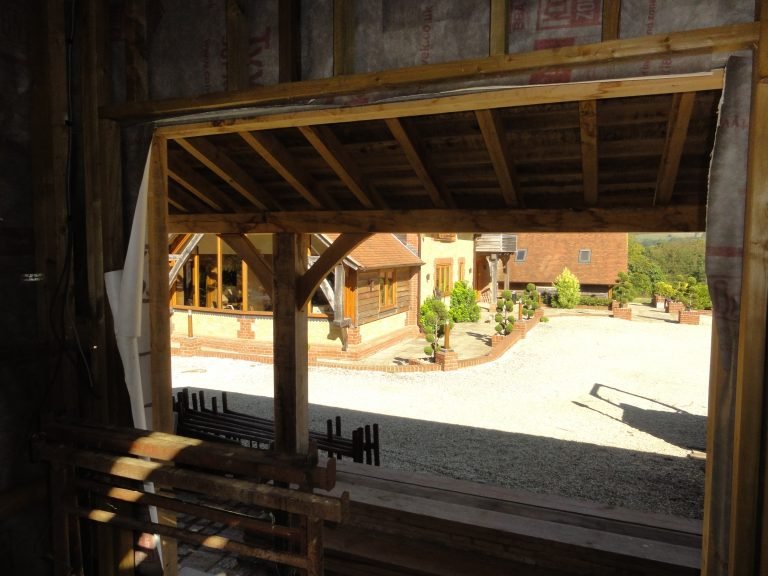


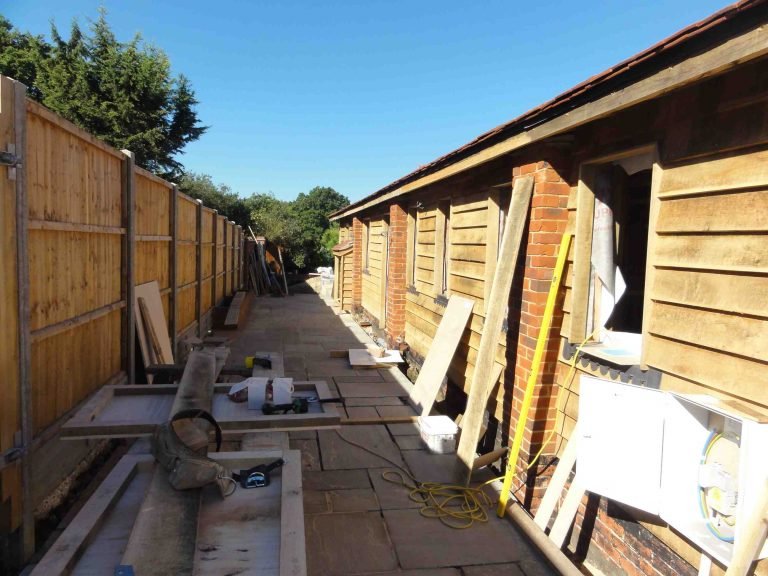

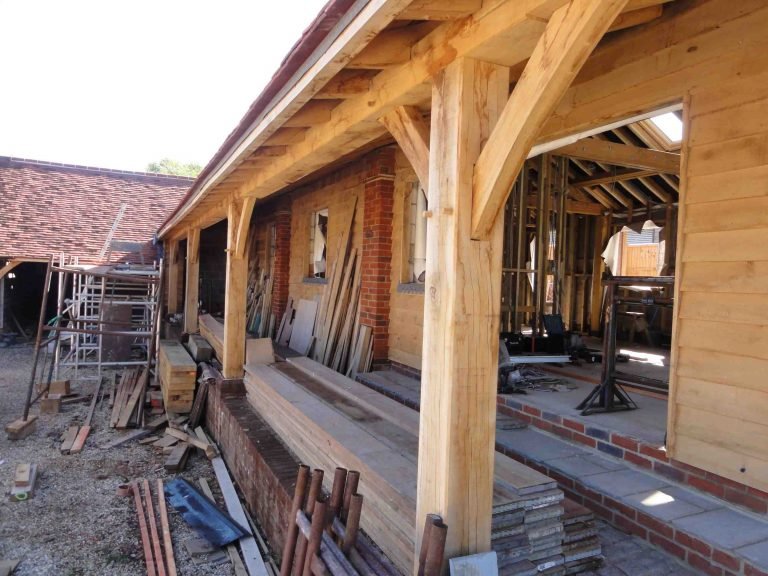
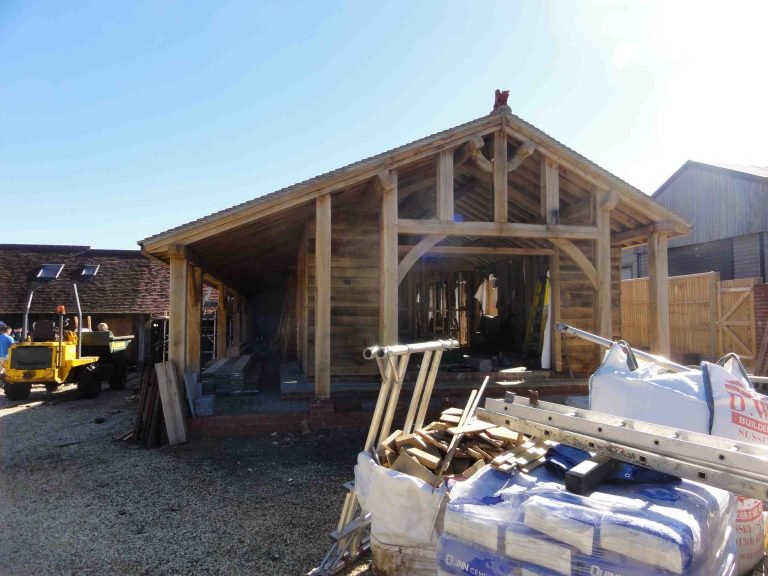
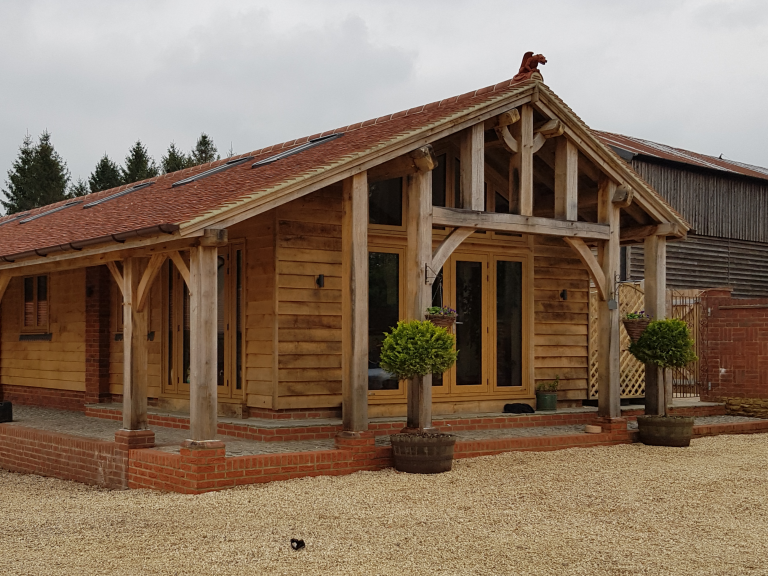
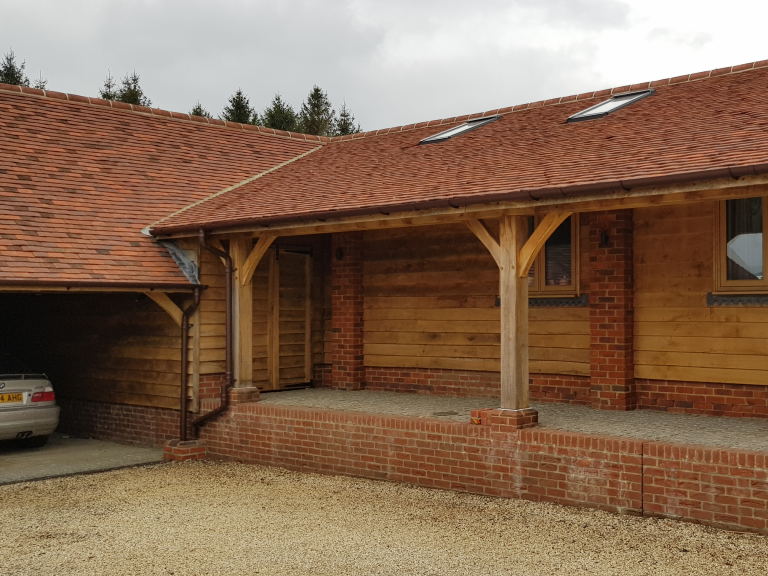
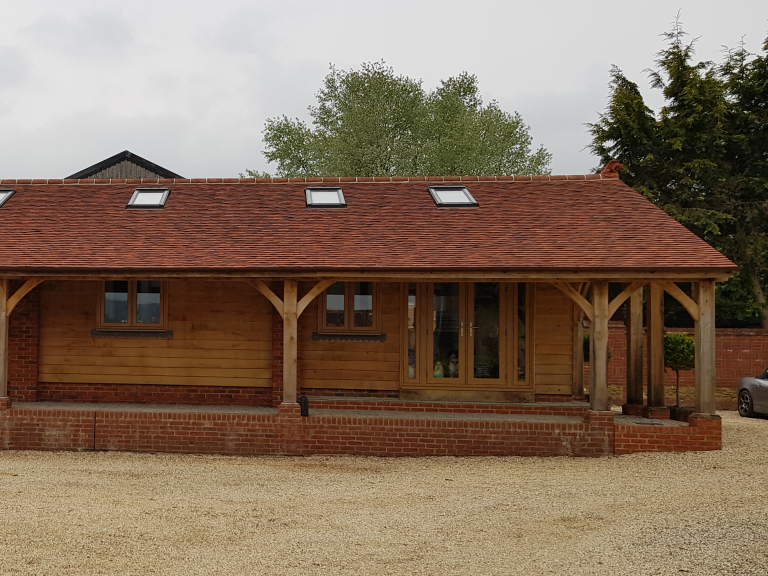
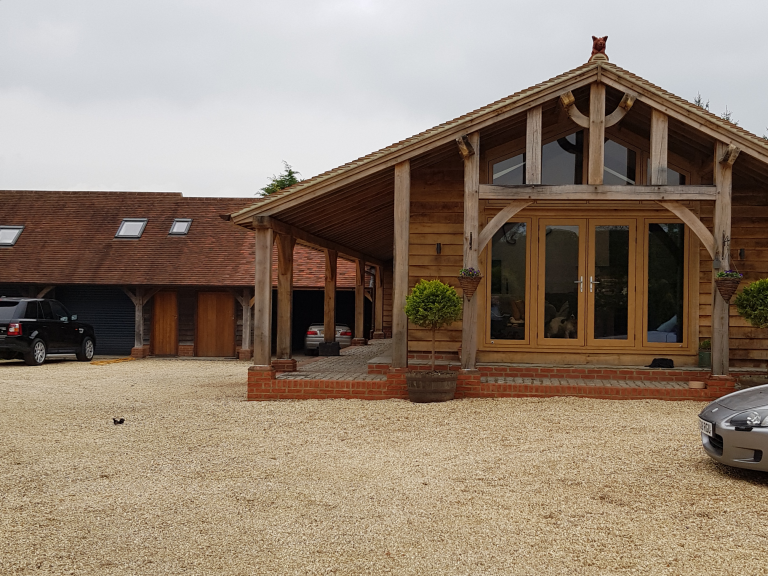
Domestic Projects
21st Century approaches
Currently there are a lot of changes being applied to the way buildings are designed and constructed in the UK. We believe the changes are a good thing, even though this does increase the design and building process. Importantly, if carried out correctly modern building methods allow a project to undergo changes at a later date with less disruption. We have spent a lot of time working with domestic builders, trying to persuade them to take a broader-minded approach to their building methods and materials.
We realise there will be always be a demand for traditional building, however we also believe you can still incorporate new modern methods and design without compromising the final product. Through our extensive experience in both commercial and domestic design we now have the expertise to bring commercial building techniques to our domestic designs.
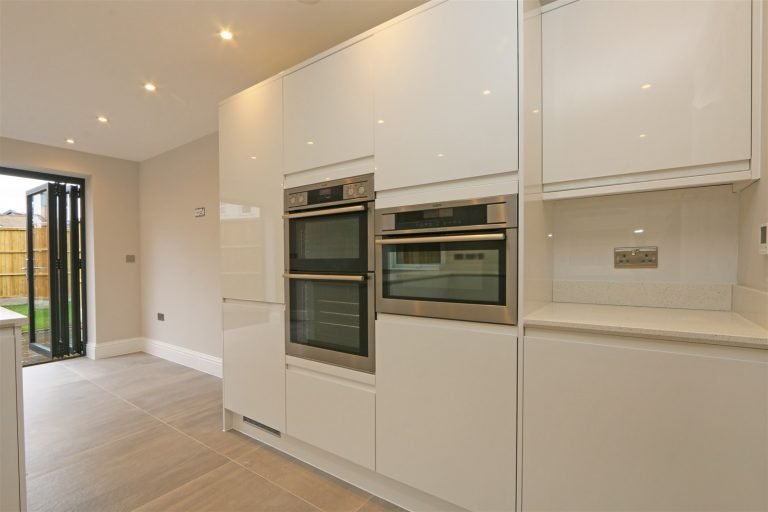
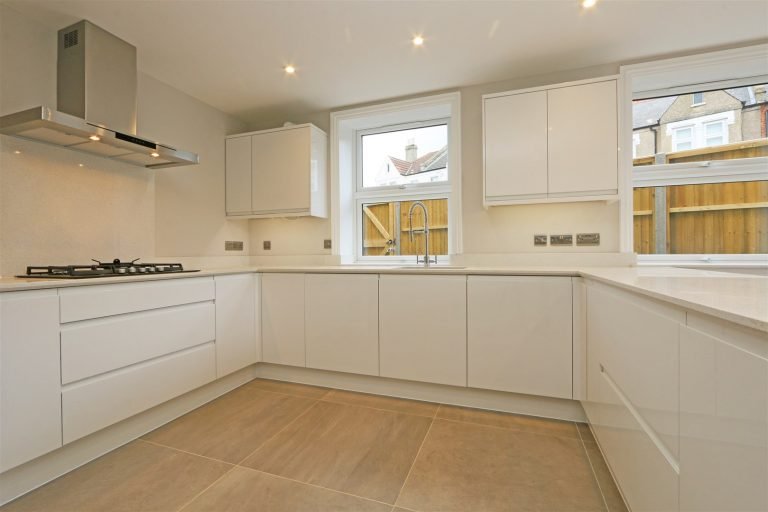
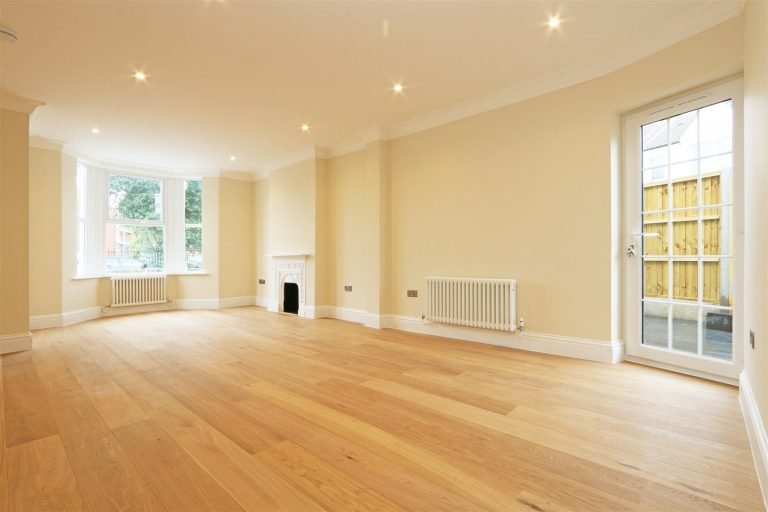
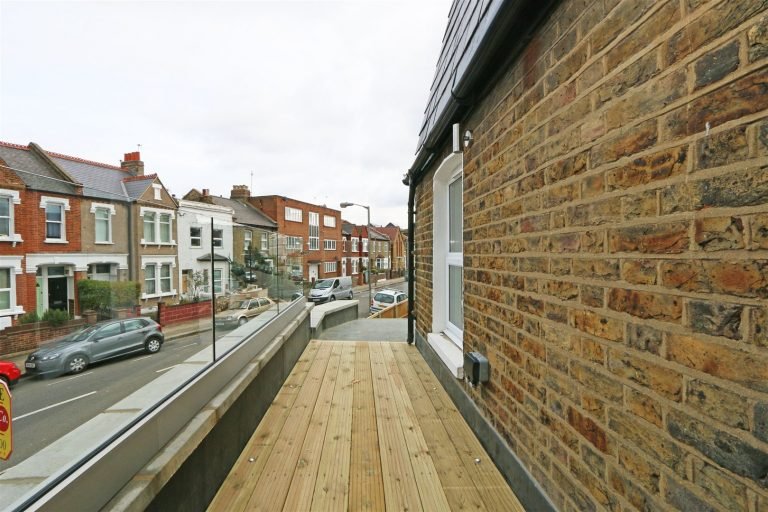

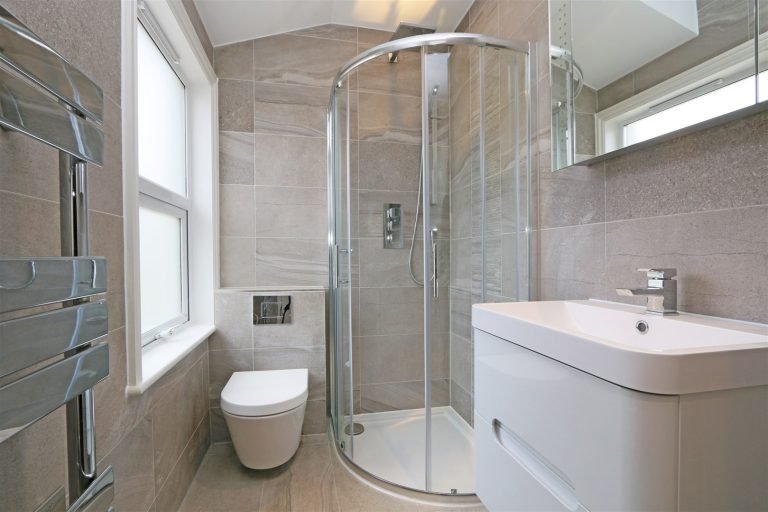
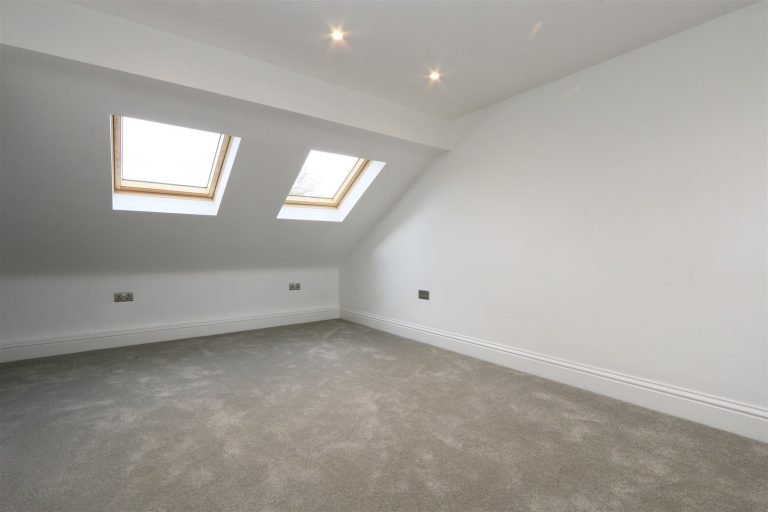

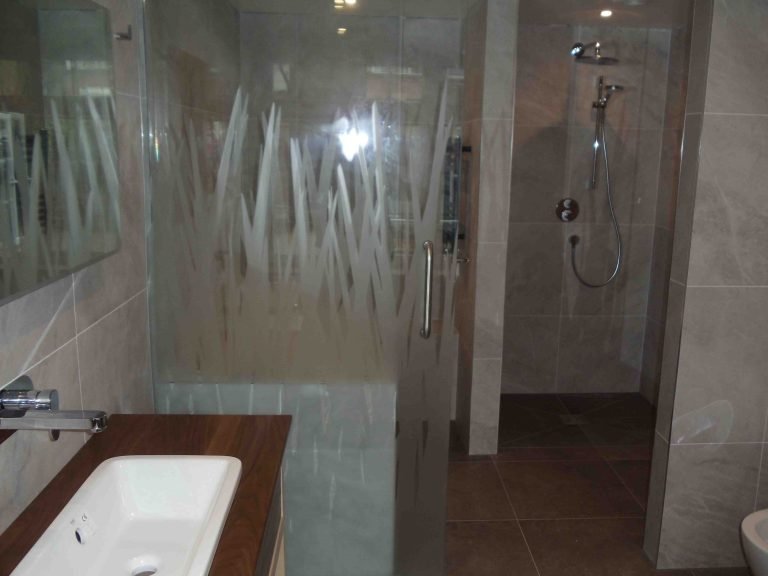
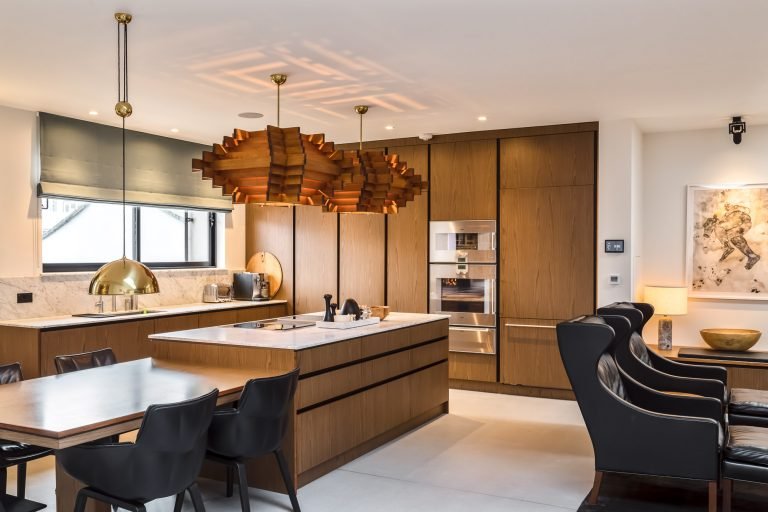
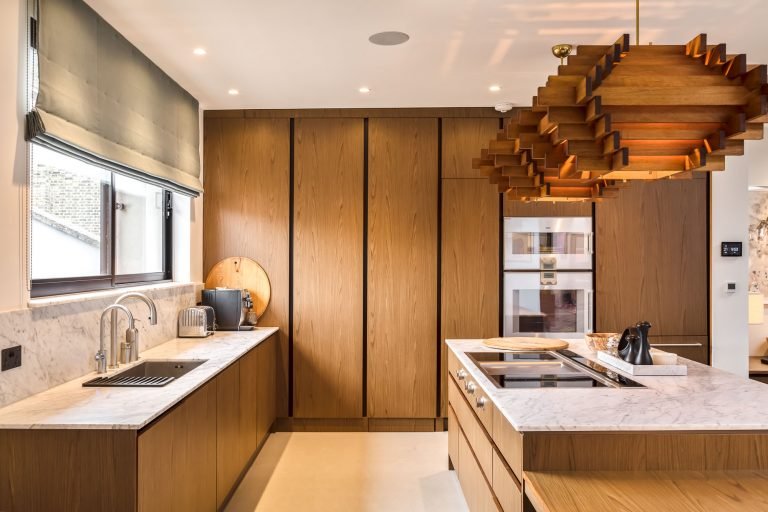

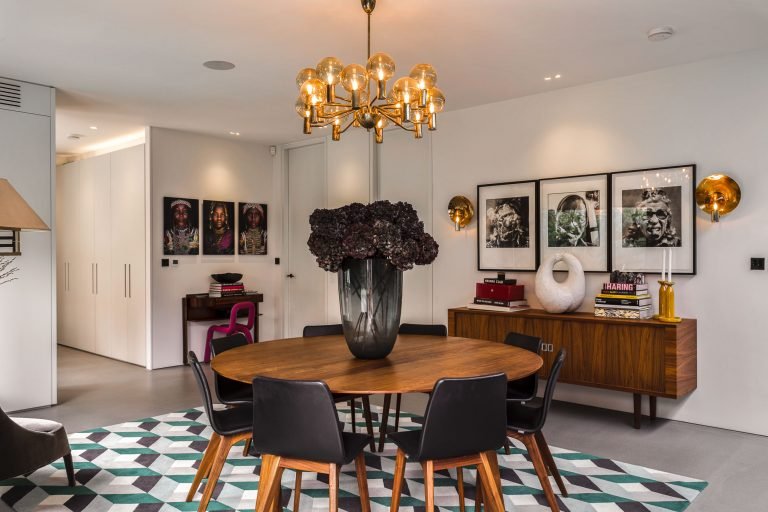
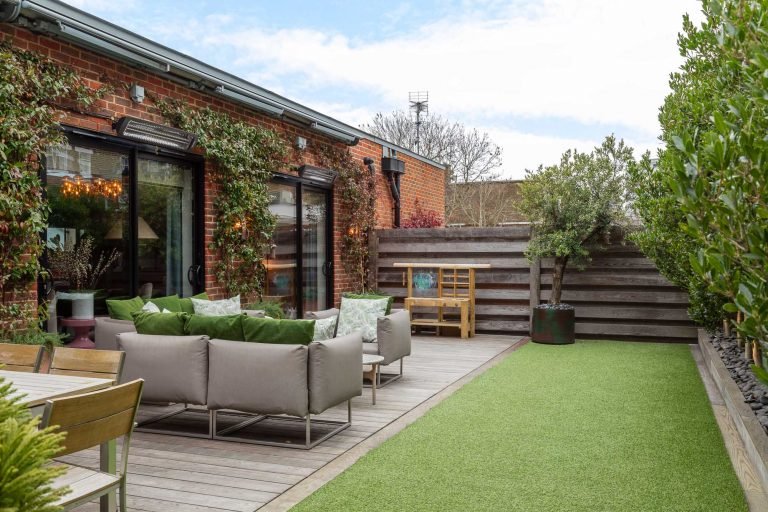
One-Stop-Shop
We believe we are different to a lot of design practices in that we like to offer our domestic clients commercial solutions (generally more efficient and cost effective) without compromising the design of their homes. We are happy to look at any size project, which include…
- New builds
- Loft conversions
- Side and rear extensions
- Annexes
- Internal works
- Garden offices
- Home workshops
- Car garages
- Pool houses
- Orangeries and conservatories (glasshouses)
- Work to listed buildings
- Work to historic buildings
- Work to oak framed buildings
Please feel free to call 07887 494450 to discuss your ideas.
Typical Project Requirements
What we usually provide our domestic clients (in accordance with general requirements of a typical domestic building contract).
- Design: (including 3D if required)
- Design method statements (this is sometimes asked for by the planning department)
- Planning submission: (This is sometimes done on our behalf by a specialist planning expert).
- Submission of material samples into planning.
- Structural drawings (This is carried out by our structural engineer consultant)
- Building Control engagement (We work very closely with London Building Control, an independent body)
- Building control detail drawings (Generally required, even if planning permission is not required)
- Certificate of lawfulness. This is a certificate from the planning department, showing no planning is required, commonly known as PD (Permitted Development)
- Post planning project management.
- Introduction and engagement of our trusted contractors.
- Quotation checking.
- Certificate of completion.
- Snagging surveys.
Additional surveys
If requested…
- Satellite surveys (TOPO)
- Arborio surveys (Trees and plants)
- Heritage surveys
- Ecology surveys (Protected species, bats and newts – this carried out by one of our trusted consultants)
- Asbestos surveys. (This carried out by one of our trusted contractors)
- Drain surveys. (This carried out by one of our trusted contractors)
- Highways surveys: (swept path – this carried out by one of our trusted consultants)
- Soil surveys. (this carried out by one of our trusted contractors)
Future-Proofing
A favourite buzz word these days is ‘future-proofing‘. We try to future-proof our projects; allowing our clients to adapt their buildings at a later date, [also] avoiding extra design costs in the future. This is now actively encouraged by all UK planning departments.
Commercial Projects
Our 'roots' are in 'hair'
Design Doctor originated in the commercial sector mainly carrying out design and project management, with a strong background in shopfitting and design; specifically in the hair and beauty sector. However, this has also allowed us to enter the domestic marketplace. We carry out a good balance of commercial and domestic projects at present.
Our founder has worked alongside Tony & Guy, Headmasters, and Rush Hair whose businesses underwent huge expansions through the franchising of their hair and beauty salon chains. We understand ergonomics and the role it plays in designing efficient work places.
Our current projects (at time of publishing) include: two restaurants, one nightclub and two public houses in the South East of the UK. Past projects include offices, factories, and retail shops.

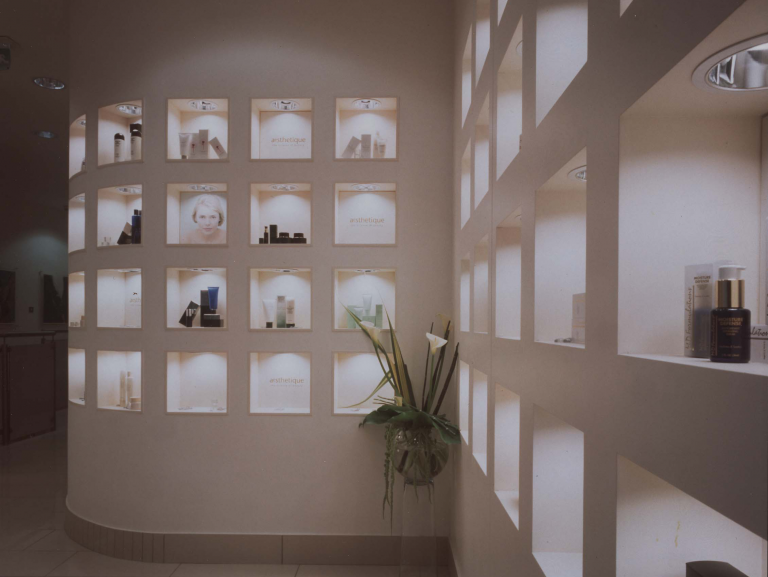
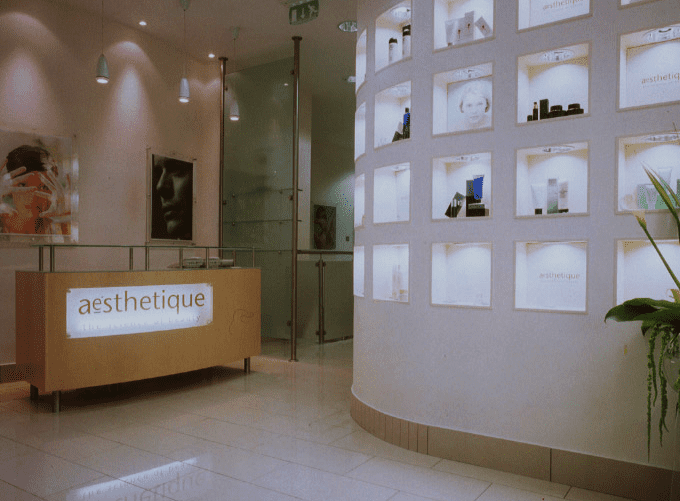
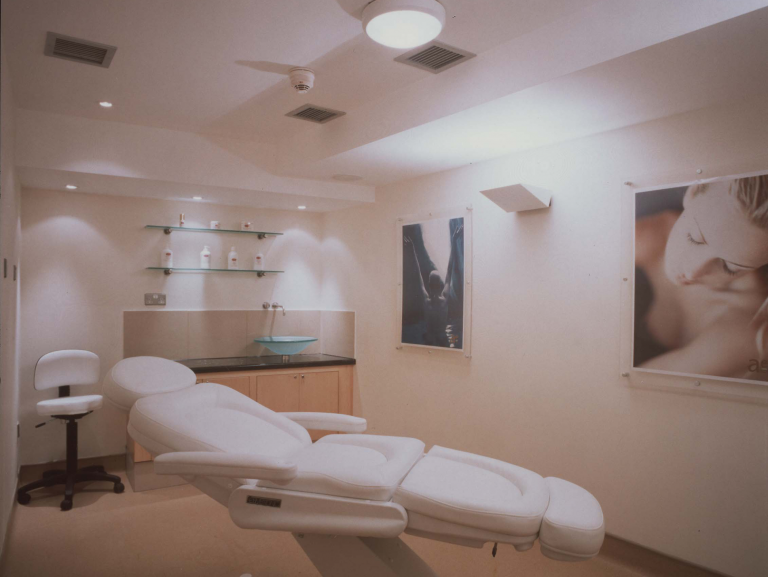


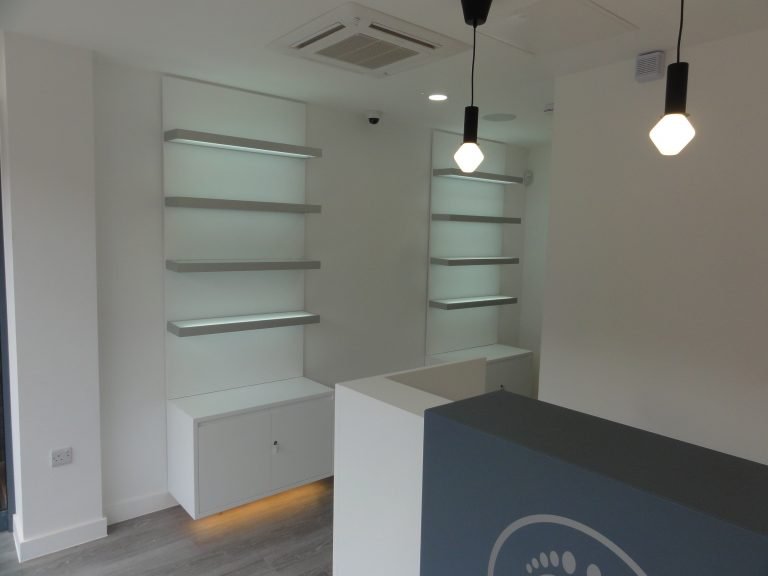


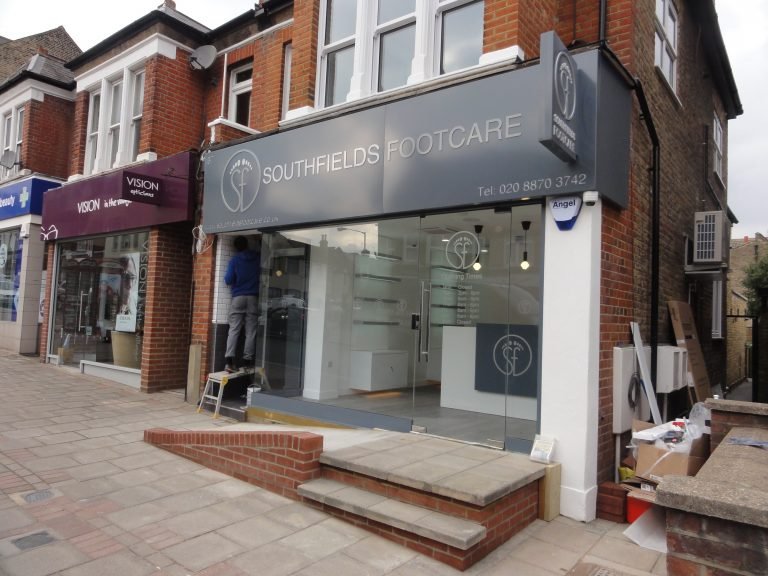
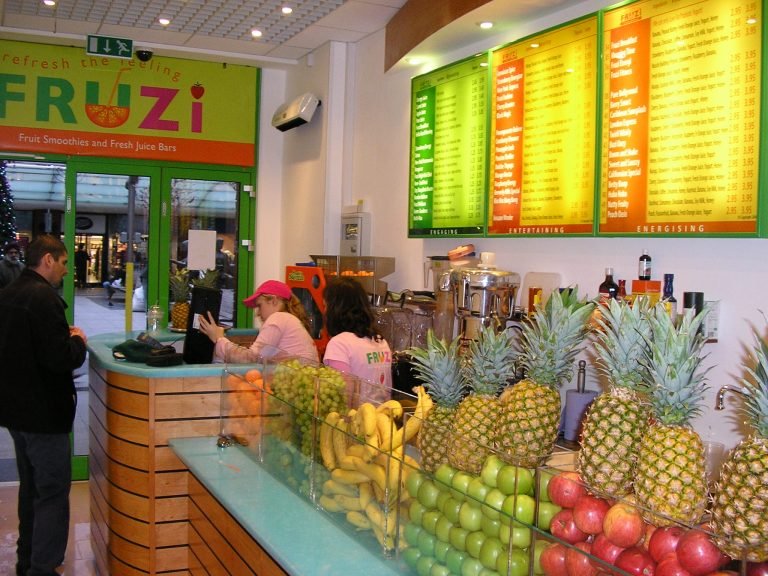

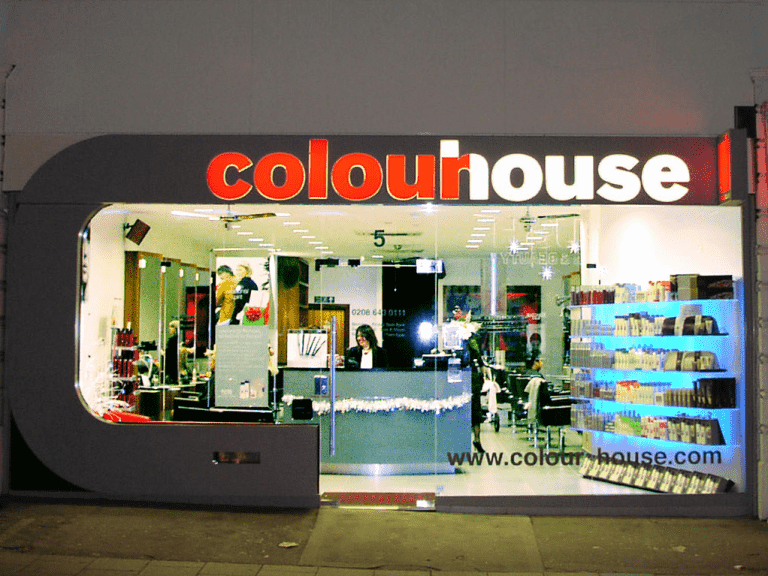
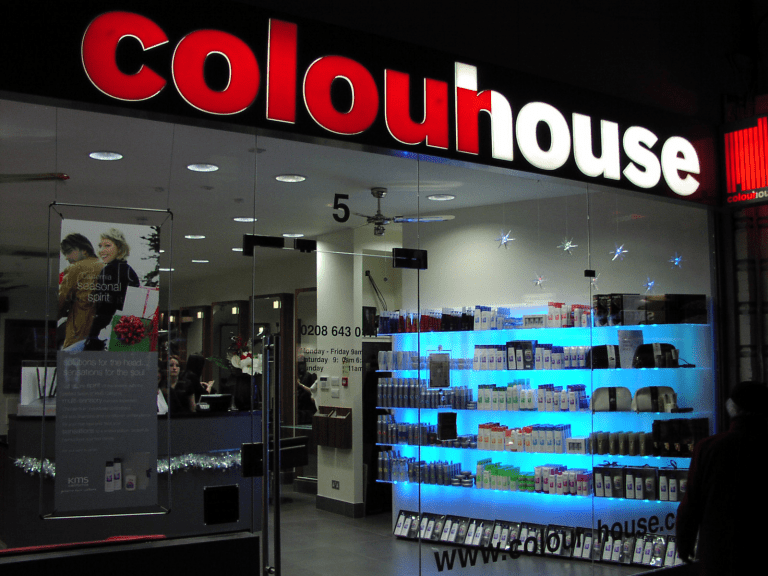
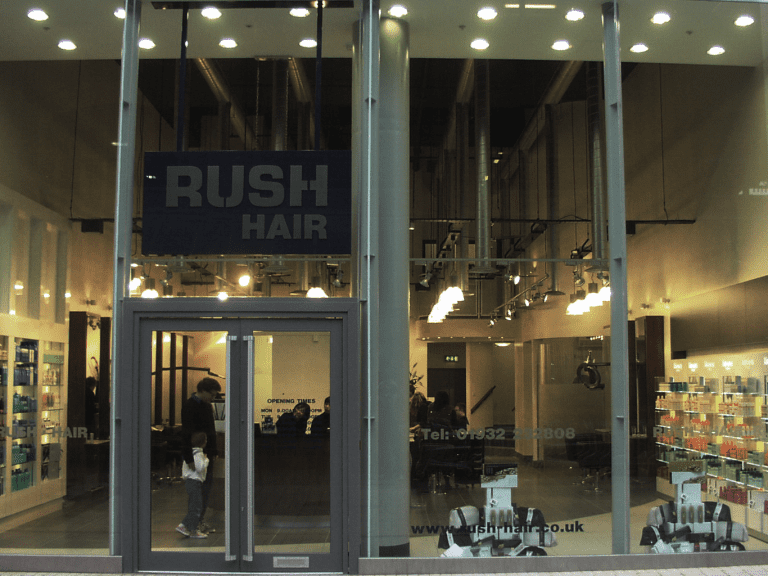
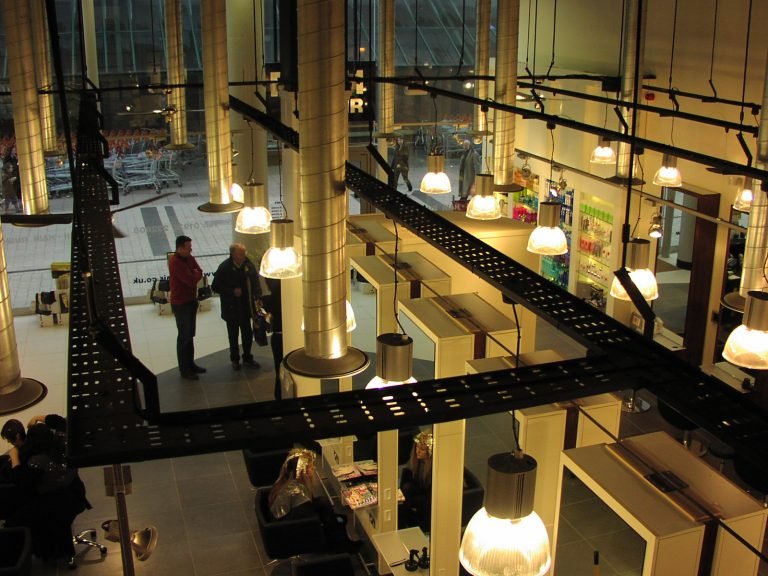

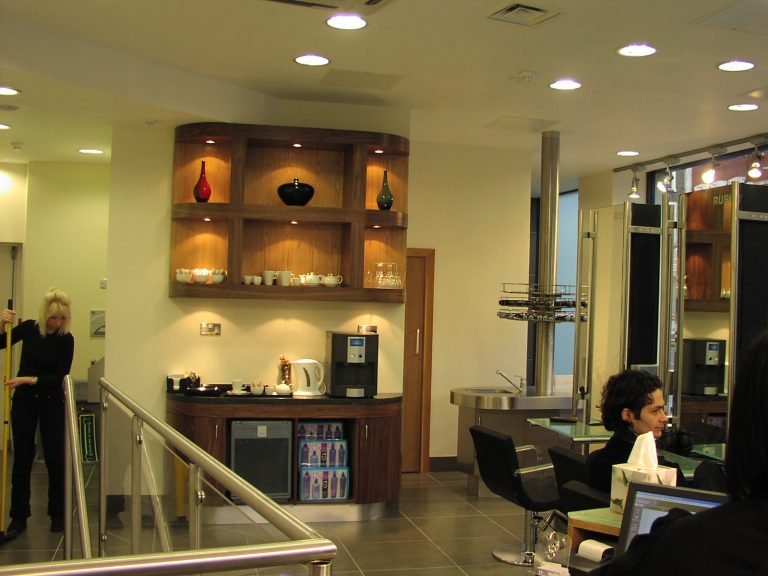
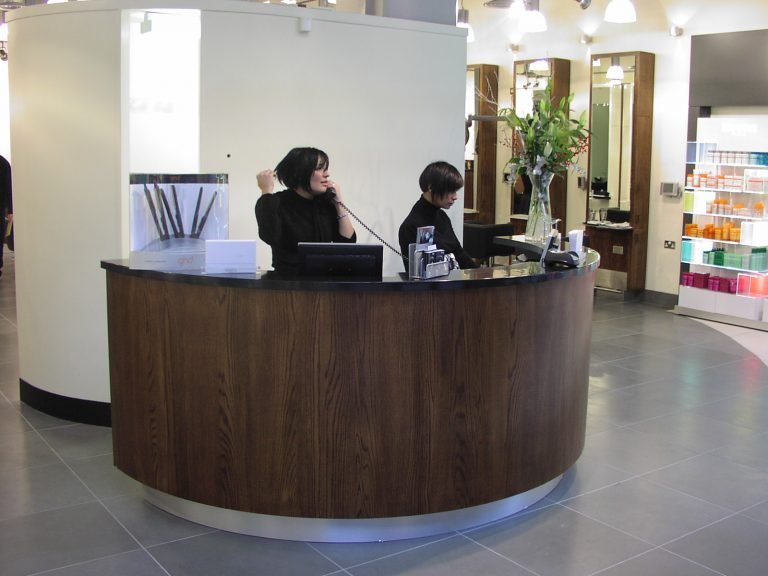
Multiple Occupancy Housing
One area now included within commercial building is Multiple Occupancy [or] apartment buildings. We currently carry out a lot of building conversions into flats, either under permitted development or full planning submission.
As a result of the Grenfell Tower tragedy and subsequent Government Inquiry, many of the rules and regulations governing converting a house or office block into flats (whether it be two or ten flats) fall into the category of a commercial development, even if it is initially a domestic project.
Our teams...
…are proud to have a wide range of skillsets. Working across both the domestic and commercial market enables us to introduce our clients to a wide range of options that they wouldn’t necessarily have considered or been aware of, both in materials and construction methods. A typical example of this is drylining, which is generally associated with commercial projects. However we have found ourselves using this process on a large number of domestic projects, simply because we believe that it achieves beautiful finishes in less time and for less cost than traditional plastering.
We fully understand the way commercial projects differ to domestic projects. There are a lot of considerations and regulations to keep in mind, such as services, fire detection and protection. Currently the commercial building industry is going through enormous changes regarding fire and safety. We keep a close watch on the changes and design according to the latest updates.
Current Requirements
Health & Safety [H&S] now plays an increasingly major role in how commercial developments are regulated. Below is a list of the typical aspects we now have to build into the commercial design process to satisfy current H&S guidelines.
- Sprinkler and misting systems
- Fire detection and signage
- Emergency lighting systems.
- Ventilation systems
- Services (Electricity, gas & water, solar power)
- Heating & cooling systems
- Insulation (SAPS)
- IT systems (Cabling)
- Lighting (External & internal)
- Smoke curtains
- Roller shutters (Where required)
- Shop fronts (Where required)
- Car charging points
- Waste water & grey water systems (SUDS)
- Acoustics systems (Where required)
- Asbestos removal (Where required)
- Highways (Vehicle movements & pedestrian areas, where required)
- Cycle storage
This is only the tip of the iceberg. With our knowledge, and our specialist consultants and contractors, we can guide our clients through this process to realise their project ambitions.
Contact us
Feedback
Please drop us a line. We value any feedback. We will always try to respond promptly to any questions you may have.
Contact Details
17 Ranmore Road Dorking RH4 1HE
+44 (0) 7887 494450
luke@designdoc.biz

